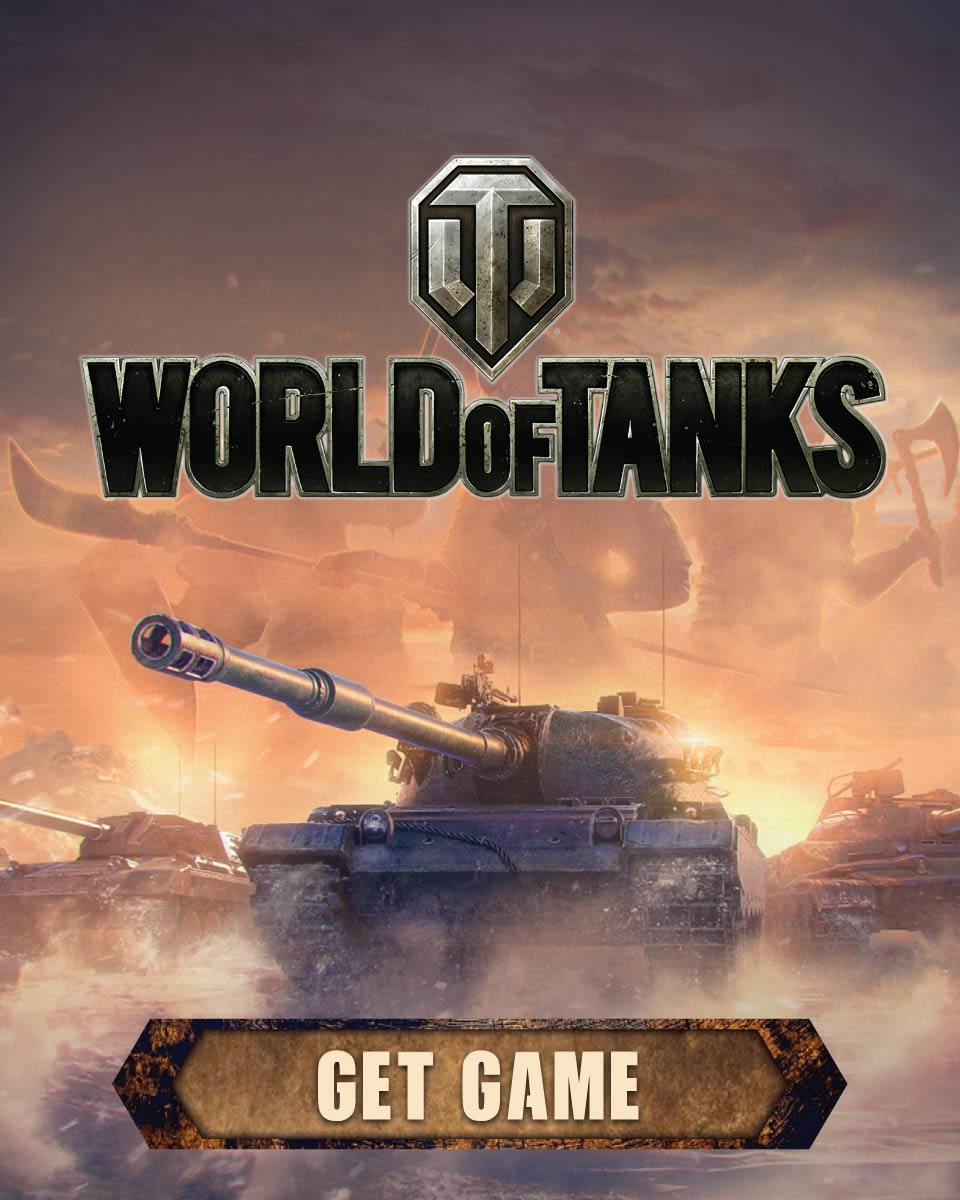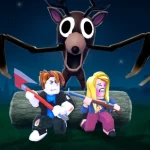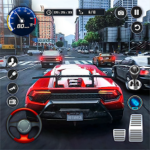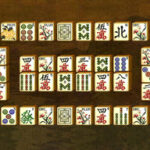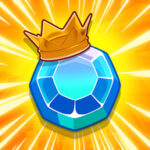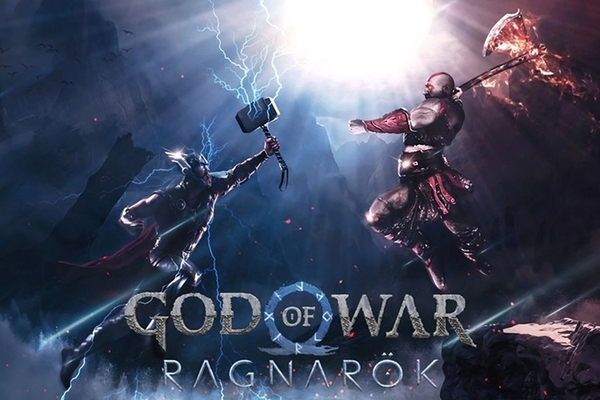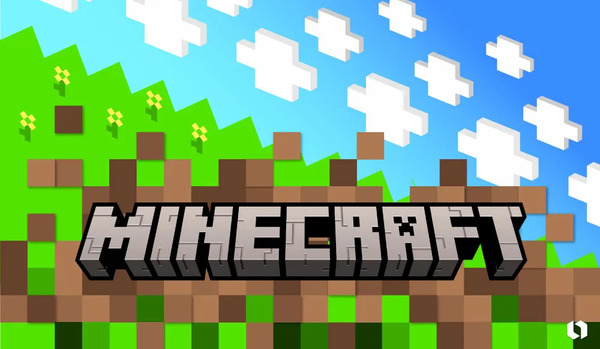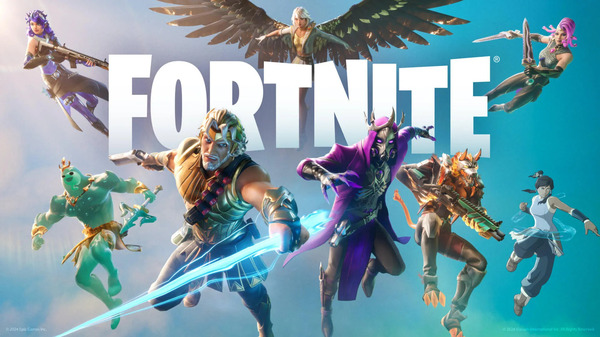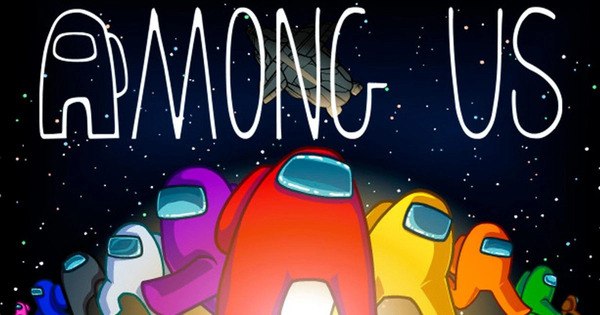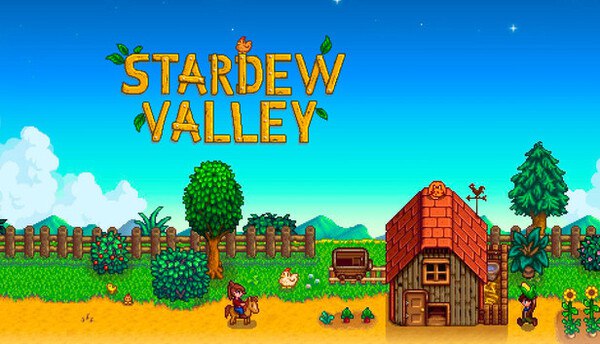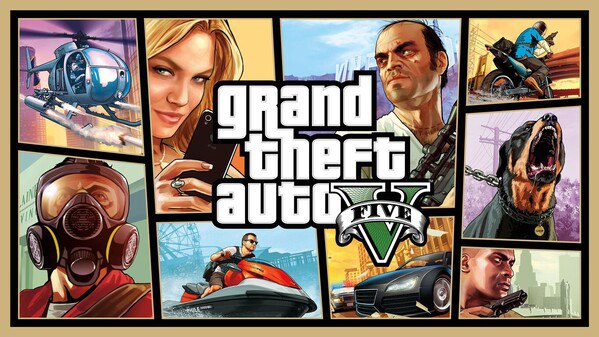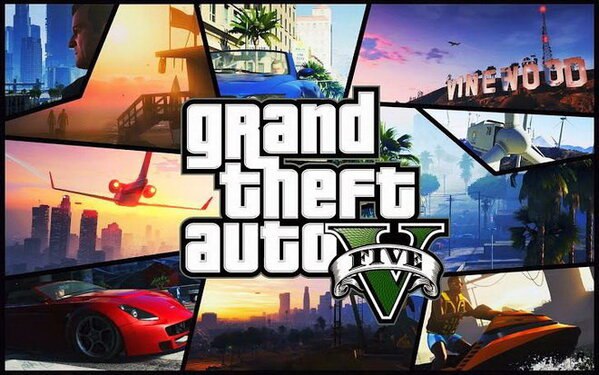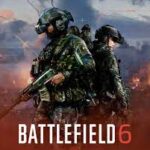1. Inception and Early Growth (2008–2012)
World of Tanks was conceived in 2008 by Wargaming as a realism-driven tank combat MMO. The alpha launched in Russia in 2009 with six tanks; by 2010 it had expanded significantly. The global launch in 2011 garnered immediate acclaim for its focused approach to armored warfare.
Entirely free-to-play, the title embraced a monetization model that prioritized optional content over paywalls. By 2012, the game boasted tens of millions of players, proving that free access combined with strategic depth was a winning formula.
2. Core Gameplay: Strategy, Destruction, and Teamwork
Tactical Tanks in 15v15
At its heart, World of Tanks delivers 15-vs-15 battles with multiple objectives: annihilation, capture, or base breach. Players must understand map structure, tank roles, and team tactics to secure victories.
Classes and Combat Roles
The lineup features light, medium, heavy tanks, tank destroyers, and SPGs. Every class has vital battlefield roles—light tanks scout, heavies anchor lines, and artillery disrupts enemy formations. Each tank carries historically-inspired armor schemes and gun models.
3. Technical Infrastructure and Graphics Evolution
Originally built on the BigWorld engine, WoT scaled effortlessly to over a million concurrent players. Post-2012 upgrades to DirectX 11 improved visuals and performance. Announced migration to Unreal Engine 5 signals a significant graphical leap—with better lighting, physics, and mod capabilities expected mid-2025.
Audio and Physics Advancements
Sound enhancements from updated vehicle engine effects to realistic blast echoes have increased immersion. While terrain physics may lack full realism, incremental improvements like better shell ricochets and terrain responses enhance gameplay.
4. Content Expansion: New Tanks, Maps, Features
Wargaming consistently adds content—including Cold War-era tank lines, national contingents (USA, Soviet Union, Germany, France, China, etc.), and seasonal event tanks.
Maps evolve with dynamic elements such as rockslides, destructible structures, and weather effects to enrich tactical variety.
Alternative Modes
New modes like “Steel Hunter” (battle royale variant) and “Frontline” capitalize on trends and offer varied gameplay—keeping players engaged beyond standard matches.
5. Progression Systems: Crew Skills and Equipment
The Crew 2.0 upgrade enables cross-role training and combined skills. Players can now customize skill builds or mentor veterans more flexibly.
Equipment overhaul brings modern modules like Quick Service, Booster Trade-Up, and redesigned consumables—turning each tank into a customizable combat platform.
6. Economy and Monetization Strategies
WoT remains free-to-play and fair. Premium tanks, premium accounts, gold ammo, and style packs support revenue streams without upending balance.
Battle Passes and Event passes are cosmetic and utility focused, providing progression boosts but not direct combat advantage.
Economic Balance
Players can unlock tier X tanks using in-game XP; premium content helps speed progression but doesn’t dominate outcome. Monetization is centered on choice, not necessity.
7. The Community and Esports Ecosystem
With support for global tournaments and Clan Games, WoT maintains a vibrant esports presence. Prizes exceed $65 million since inception.
Clans, regiments, and in-game social tools foster intense team dynamics.
Cultural Collaborations
Cross-promotions with Sabaton, Girls und Panzer, and museum partnerships enrich the game’s cultural impact beyond pure mechanics.
8. Challenges for New Players and Matchmaking Flaws
Thick glass-level complexity and steep entry barriers hinder casual player retention.
Matchmaking sometimes pits newcomers against veteran squads using premium gear.
Efforts like mentorship XP and tutorial missions help ease entry—though success depends on robust onboarding.
9. 2025 Roadmap: Banner Bounty, Unreal 5, and Balance
Wargaming plans 2025 updates including regiments upgrades, new tech tree content, advanced HUD analytics (e.g., armor penetration overviews), and Unreal Engine 5 modernization.
Player-Focused Goals
Enhancements—like richer crew tools and UI data overlays—are designed to deepen engagement, reduce attrition, and enhance attractivity.
10. Legacy, Risks, and What’s Next
Entering its 15th year, WoT has pioneered free-to-play esports and built a massive global footprint. Its core appeal—tactical armored warfare—remains strong.
However, ageing visuals, shifting player expectations, and difficulty onboarding new users present risks.
If Wargaming succeeds with Unreal 5 tech and improves accessibility without diluting depth, WoT may enjoy another era of mainstream relevance.
Conclusion
World of Tanks is a hallmark MMO, combining tactical depth and massive scale with a player-centric economy and enduring community engagement. While technological modernization and improved accessibility are critical for future relevance, the game’s core—team strategy, vehicle variety, and competitive thrill—remains unmatched among armored warfare titles. The upcoming Unreal 5 shift and 2025 roadmap will determine whether WoT continues thriving or stabilizes as a venerable, niche classic.
